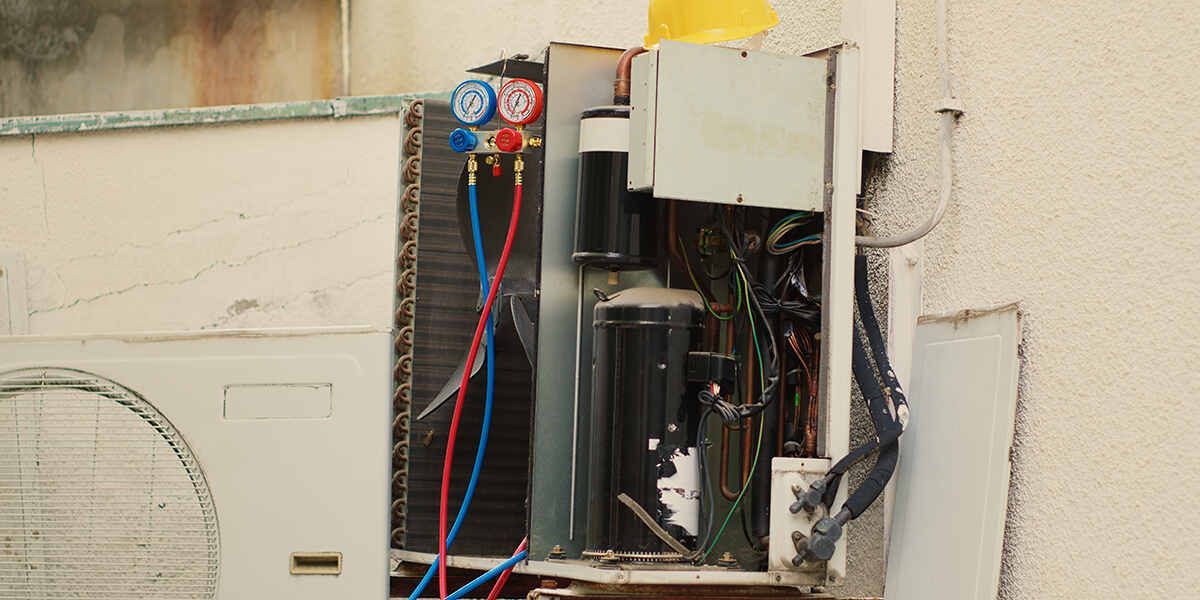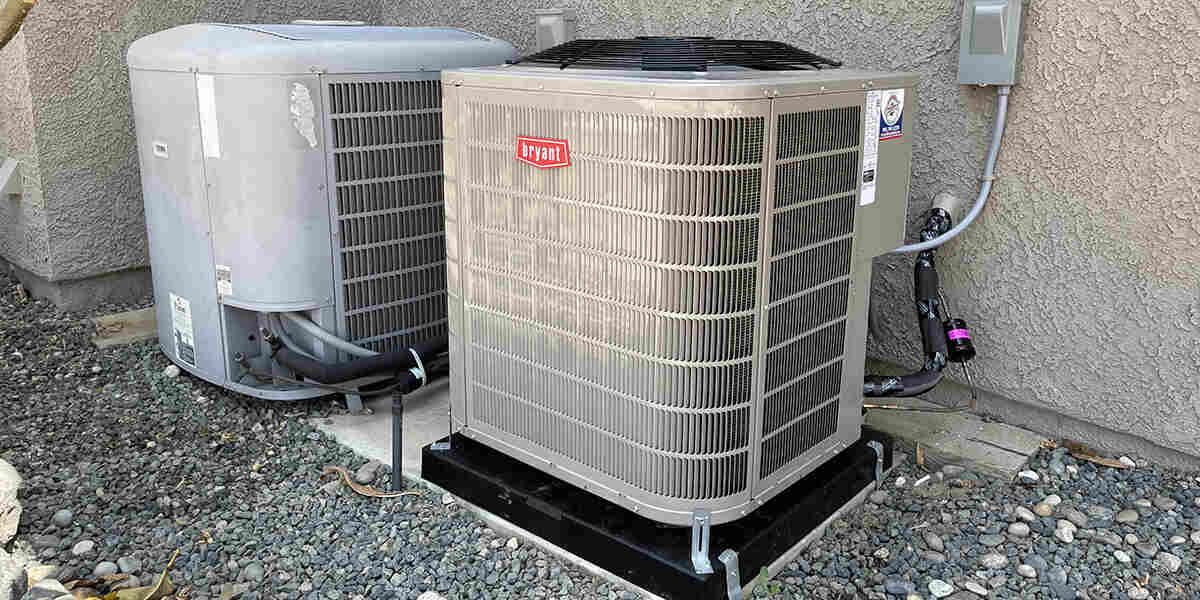Window and Split AC Comparison: Which Is Best for Your Room?
If your home doesn’t have a cooling-equipped HVAC system, you may find yourself torn on which AC units to buy. Window units are affordable and easy to install in each room, but ductless mini-split AC systems provide many benefits, such as increased efficiency. In the end, both options will cool your home, but
where should your AC be installed to get the best results?
We’ll look at the pros and cons of both models in this window and split AC comparison.
Window AC vs. Split AC: Similarities and Differences
A window unit and a mini-split AC will both provide cooling comfort on a hot summer day. However, the way they accomplish that can vary depending on your home layout, climate, budget, and other factors. Window and split air conditioners have different maintenance and installation requirements, too.
Installation Requirements
It may go without saying, but a window AC unit requires an appropriately-sized window for proper installation. If necessary, you can cut a hole in the wall of your home and install a window unit there permanently instead, but this isn’t as common because mini-split air conditioners fill this niche with less cutting and drilling.
A split AC works by using indoor and outdoor units (or multiple indoor units, if you place one in each room). A professional must drill through your walls to connect the units via pipes and cords.
Space Requirements
Since split AC units generally mount onto your wall (both inside and outside your home), they have very forgiving space requirements. On the other hand, window units are bulky and may get in the way of your everyday activities. Window units also make the window they occupy unusable until you remove them again. Wall-mounted split units face neither of these problems.
Many window units are also incompatible with certain types of windows. Casement windows, for example, might be too narrow for some window AC units. While special units designed for casement windows (and other window types) exist, they may be more challenging to obtain or more expensive to buy. Some window types, such as awning windows, may not work with any window units at all.
Portability
If you install a window AC unit through the wall of your home, it’s there to stay. However, window units are relatively easy to install and uninstall seasonally or when you move to a new residence. For this reason, they’re ideal for apartments and condominiums, especially when you plan to move within a few years.
Split AC units, on the other hand, are typically permanent installations. While you could technically remove one and take it to a new location, it would be cost-prohibitive to do so.
Price
Window AC units win in both short and long-term costs. However, the price gap between the two continues to shrink over time as split AC technology progresses.
Split units almost always cost more because they require professional installation. Plus, they require maintenance from a pro on a seasonal or yearly basis. While window ACs also benefit from routine maintenance, they cost less to maintain, inspect, and repair, and the average homeowner can also install one without professional help.
The one place where split AC units may pull ahead is energy efficiency. Today’s modern split units usually consume less power, especially when compared to older window units. Plus, since split air conditioners come in larger, more powerful configurations, you may need less of them to cool your home. Fewer AC units almost always mean lower energy costs.
For the purposes of this window and split AC comparison, window models tend to be cheaper across the board, but this may not be the case in future years.
Power
As we mentioned above, split AC configurations can cool much larger areas than window AC units. Since window air conditioners pack everything into a single unit, the air conditioner’s power is limited by its size.
In contrast, split units “split” their components between the outdoor and indoor units. This division allows them to cool much larger areas, even at a size similar to a window unit. If you have a small home with many open rooms, you may only need one or two split units to cool the entire house.
Functionality
As a general rule, window AC units and split AC units have many of the same functions and buttons. Plus, both window units and split units can come with built-in heat pumps, making them useful during the fall and winter months. As such, this portion of the window and split AC comparison ends in a draw.
Noise
Anyone who’s owned a window AC unit knows how noisy they can be. Since all the mechanical parts of the AC rest against your window frame, it can vibrate the entire room. On hot days when the AC works harder, this can become particularly noticeable. Since the loud parts of a split AC unit stay outside your home, it’s virtually inaudible when the indoor unit operates.
Design
One of the most bothersome aspects of a window AC unit is its design. There’s no way around it: a window-mounted AC unit can be an eyesore, especially if it obstructs your view of the outdoors. Plus, window AC units tend to come in white only (sometimes grey), meaning they work at the expense of your existing decor.
Fortunately, you can customize your split AC unit to match your existing interior design. With a few savvy design choices, your split unit can blend in with your room until it’s practically invisible.
Contact the Experts at Inland Empire Comfort
In the end, no matter which option you pick, you’ll always end up with a functional, reliable unit that will effectively cool a small portion of your home. As your local experts in HVAC maintenance and installation, we’re ready to help with all of your air conditioning projects.
If you’re still not sure which option is best for you after reading this window and split AC comparison, consider contacting our team of experts at (951) 336-8709. We’re happy to answer your questions about AC installation by Inland Empire Comfort!
You might also like
Inland Empire Comfort
Book a Service Today
We will get back to you as soon as possible
Please try again later
Location
19071 Newsome Rd Riverside, CA 92508
NAVIGATION LINKS
All Rights Reserved | Inland Empire Comfort



